

Isotope and Radiation Application Division (IRAD) is dedicated to development of isotope techniques and radiation technology for applications in industry, hydrology and environment. Several radioisotope based techniques have been developed and applied in Indian industry for troubleshooting, measurement of hydrodynamic parameters, evaluation and validation of industrial process systems leading to significant revenue savings. The Division is also engaged in development of novel materials and processing of various industrial products for improving their property and value addition using electron beam and gamma radiation. IRAD has also developed unique expertise in adapting isotope hydrology techniques for water resources development and management. Several large-scale hydrological investigations have been carried out for identifying the source of recharge, contamination, flow dynamics and dating of groundwater in various parts of India leading to significant societal benefits.
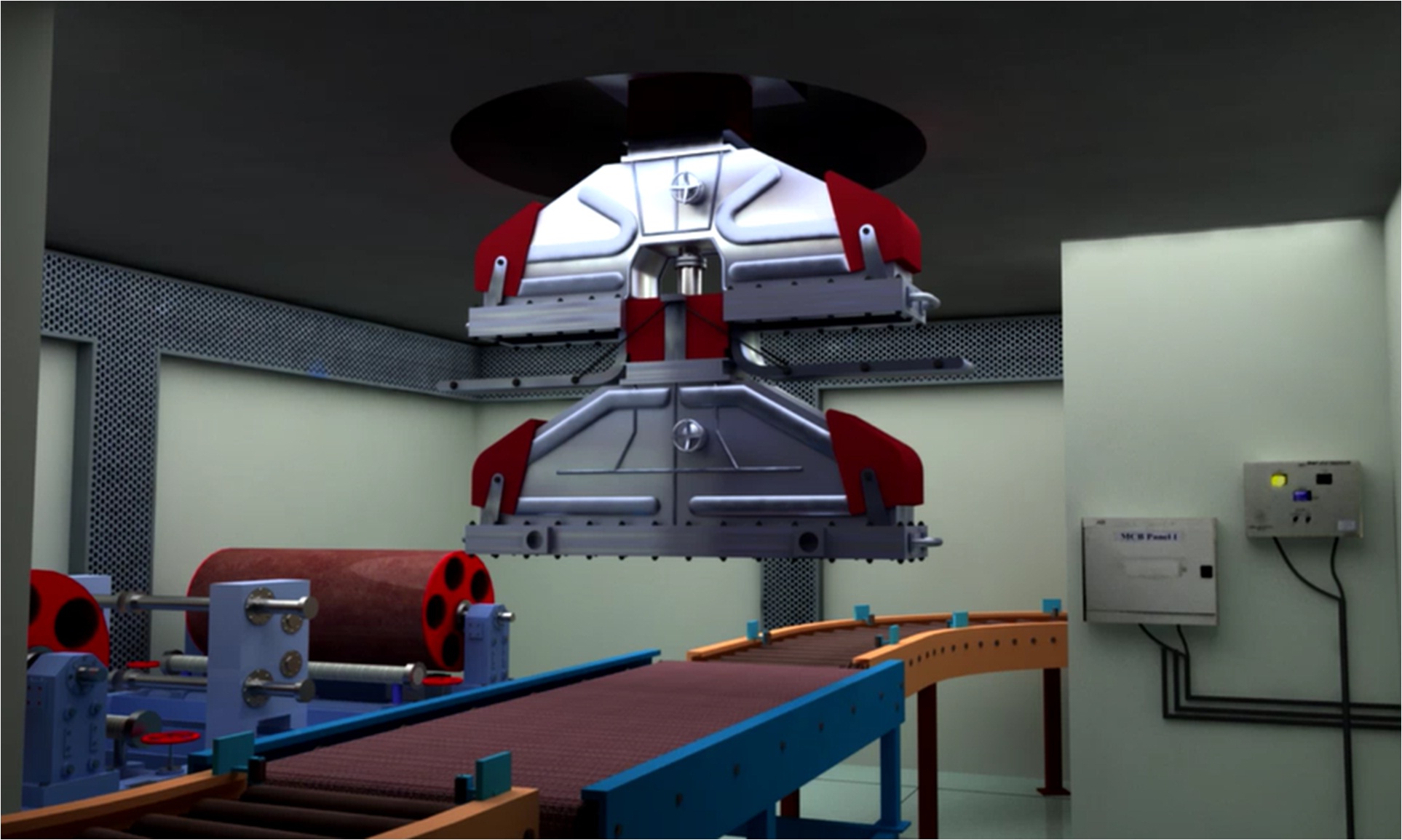
 2/2021
2/2021Electron Beam processing is an effective, environment-friendly and successful alternative process for polymer modifications, crystalline alterations, preparation of novel materials, value addition to materials and useful biological changes in materials. Research & development and technology demonstration of electron beam processing applications include:
\r\n• Crosslinking of O-rings, plastic parts, wire and cable
\r\n• Irradiation of various polymeric materials
\r\n• Color enhancement of gems/precious stones
\r\n• Food irradiation for shelf-life extension and pathogen reduction
\r\n• Degradation of PTFE scrap
\r\n• Environmental applications, such as wastewater treatment
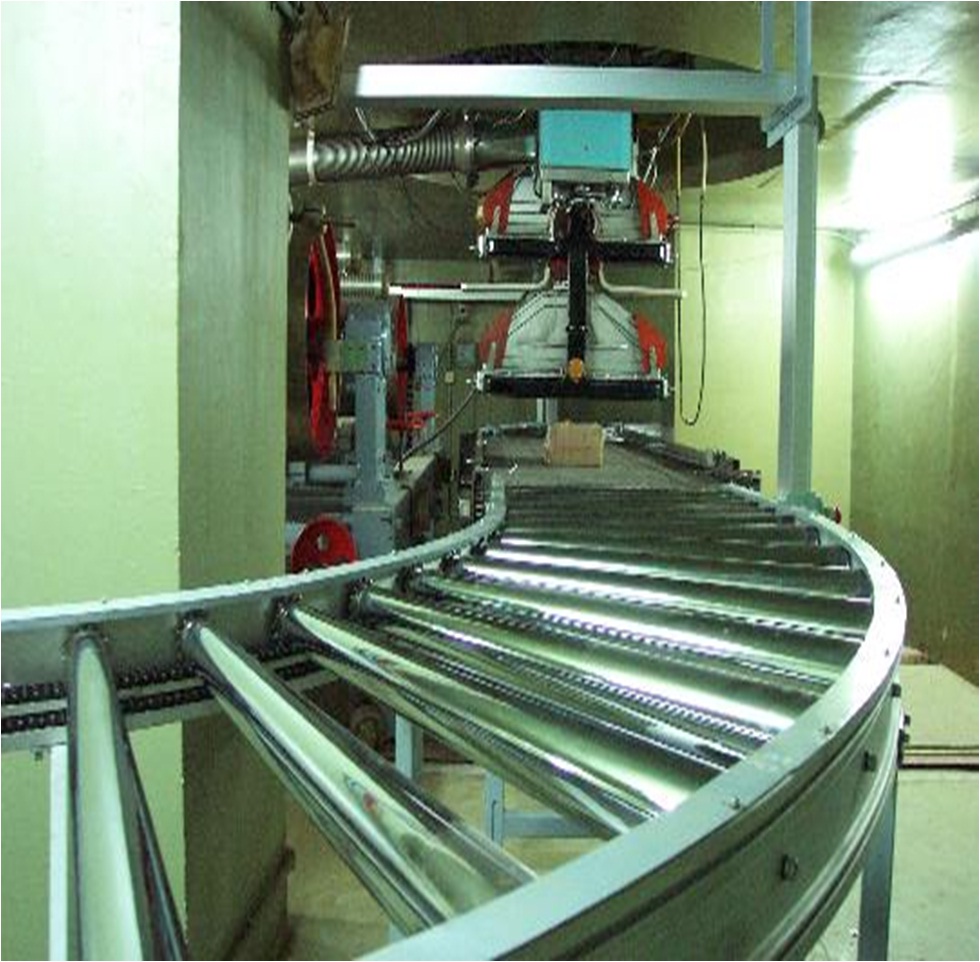
 2/2021
2/2021Electron Beam processing is an effective, environment-friendly and successful alternative process for polymer modifications, crystalline alterations, preparation of novel materials, value addition to materials and useful biological changes in materials. Research & development and technology demonstration of electron beam processing applications include:
\r\n• Crosslinking of O-rings, plastic parts, wire and cable
\r\n• Irradiation of various polymeric materials
\r\n• Color enhancement of gems/precious stones
\r\n• Food irradiation for shelf-life extension and pathogen reduction
\r\n• Degradation of PTFE scrap
\r\n• Environmental applications, such as wastewater treatment
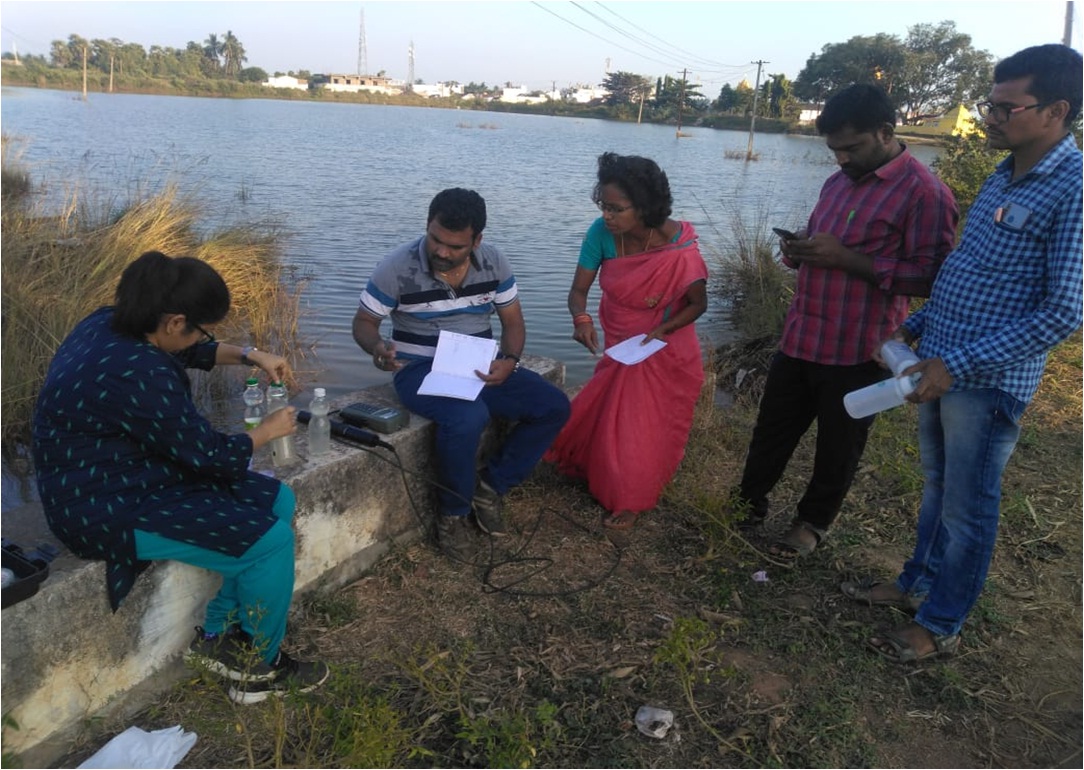
 2/2021
2/2021Under Jal Shakti Abhiyan, 3 mandals of the Srikakulam district viz., Laveru, G. Singdam and Ranasthalam were chosen for the isotope hydrological investigation. The objectives are i) determine the source and origin of groundwater, ii) evaluate interconnections between groundwater from different depths, iv) evaluate surface water impact on groundwater recharge and iv) groundwater dynamics. The isotope results indicate that groundwater is mainly recharged by rainfall in the study area. The interconnections between the shallow and deep groundwaters are mainly controlled by the geology of the aquifers. In soft rock regions the tank water contribution is noticed in the shallow zones which is absent in deeper zones. In the case of hard rock aquifers, no systematic trend is observed towards tank water contribution to shallow and deep groundwaters. The groundwater is found to be modern in all the samples. Many samples indicated contamination by nitrate ions (7 to 245 mg/L) whereas fluoride, salinity and hardness are found to be within allowed limits.
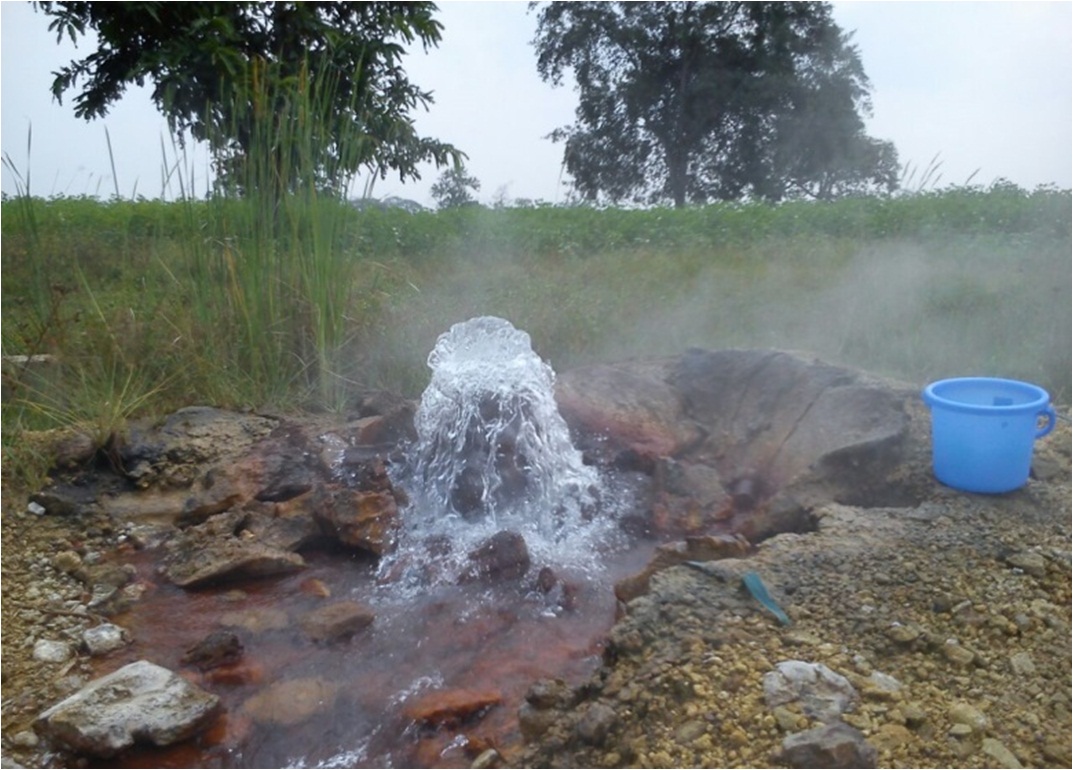
 2/2021
2/2021Thermal waters at Godavari valley geothermal field are located in Khammam district of Telengana state, India. The study area consists of several hot water manifestations having temperature in the range 42-760C scattered over an area of ~60 km2. Different graphical plots between conservative tracers reveal rock-water interaction to be the dominant mechanism for controlling trace element concentrations. Stable isotopes (δ18O, δ2H) data indicate the meteoric origin of the thermal waters with no appreciable oxygen-18 shift. Thermal waters were classified in two groups i.e. one originating from shallow depth having high tritium values and another one from the deeper depth having low tritium value. Thermal waters originating from shallow aquifer are 4809-6834 yr BP (before present) whereas the age of thermal water originating from deeper aquifer ranges from 14,756-20,599 yr BP. Quartz geothermometer, affected by dilution, suggests a reservoir temperature of 100±200C which is in good agreement with the values obtained from K-Mg and Mg corrected K-Mg-Ca geothermometers. The applied silica-enthalpy mixing model indicates ~1460C as maximum subsurface temperature that could be attainable in this study area.
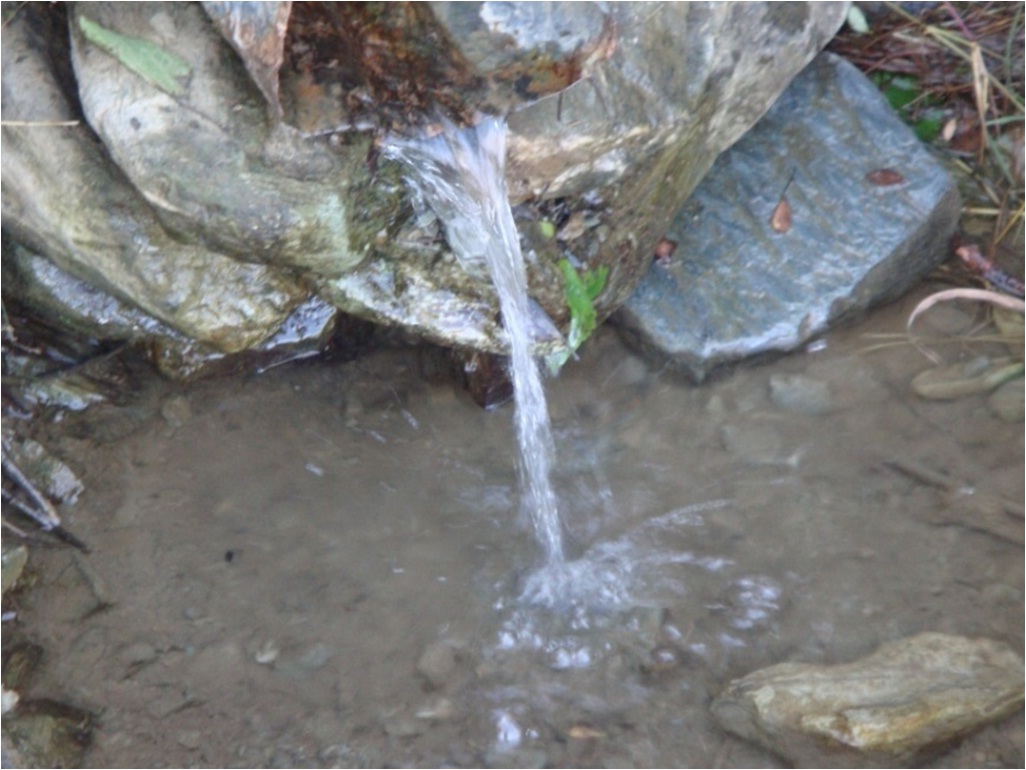
 2/2021
2/2021Isotope hydrological investigations were successfully carried out to rejuvenate the drying springs in various locations in Chamoli and Rudraprayag districts of Uttrakhand as well as Sirmaur district of Himachal Pradesh during 2010-14. These investigations were carried out for the first time in India in collaboration with a local NGO called Himalayan Environmental Studies and Conservation Organization (HESCO) based in Dehradun. Similar investigations were undertaken at many other locations in Uttarkashi and Pauri Garhwal district of Uttarakhand during 2017-20 to augment the discharge rate of natural springs. Investigation involves (i) estimation of altitude effect at various springs locations using stable isotope values of oxygen and hydrogen (δ18O, δD) in precipitation as well as (ii) determination of residence time of springs water using tritium values of the springs. The relation between stable isotopes of springs water and altitude was used to estimate the recharge altitudes for different springs. Based on the results of the investigations, various recharge structures like Gibbon check dams, Gully pluggings, Trenches, Percolation ponds, Dykes (Surface and subsurface) and agriculture field bunding were constructed depending upon the geomorphology of the recharging altitudes. Discharge rate of almost all the springs increased significantly. So far 84 springs have been rejuvenated using isotope techniques.

 2/2021
2/2021Isotope hydrological investigations were successfully carried out to rejuvenate the drying springs in various locations in Chamoli and Rudraprayag districts of Uttrakhand as well as Sirmaur district of Himachal Pradesh during 2010-14. These investigations were carried out for the first time in India in collaboration with a local NGO called Himalayan Environmental Studies and Conservation Organization (HESCO) based in Dehradun. Similar investigations were undertaken at many other locations in Uttarkashi and Pauri Garhwal district of Uttarakhand during 2017-20 to augment the discharge rate of natural springs. Investigation involves (i) estimation of altitude effect at various springs locations using stable isotope values of oxygen and hydrogen (δ18O, δD) in precipitation as well as (ii) determination of residence time of springs water using tritium values of the springs. The relation between stable isotopes of springs water and altitude was used to estimate the recharge altitudes for different springs. Based on the results of the investigations, various recharge structures like Gibbon check dams, Gully pluggings, Trenches, Percolation ponds, Dykes (Surface and subsurface) and agriculture field bunding were constructed depending upon the geomorphology of the recharging altitudes. Discharge rate of almost all the springs increased significantly. So far 84 springs have been rejuvenated using isotope techniques.
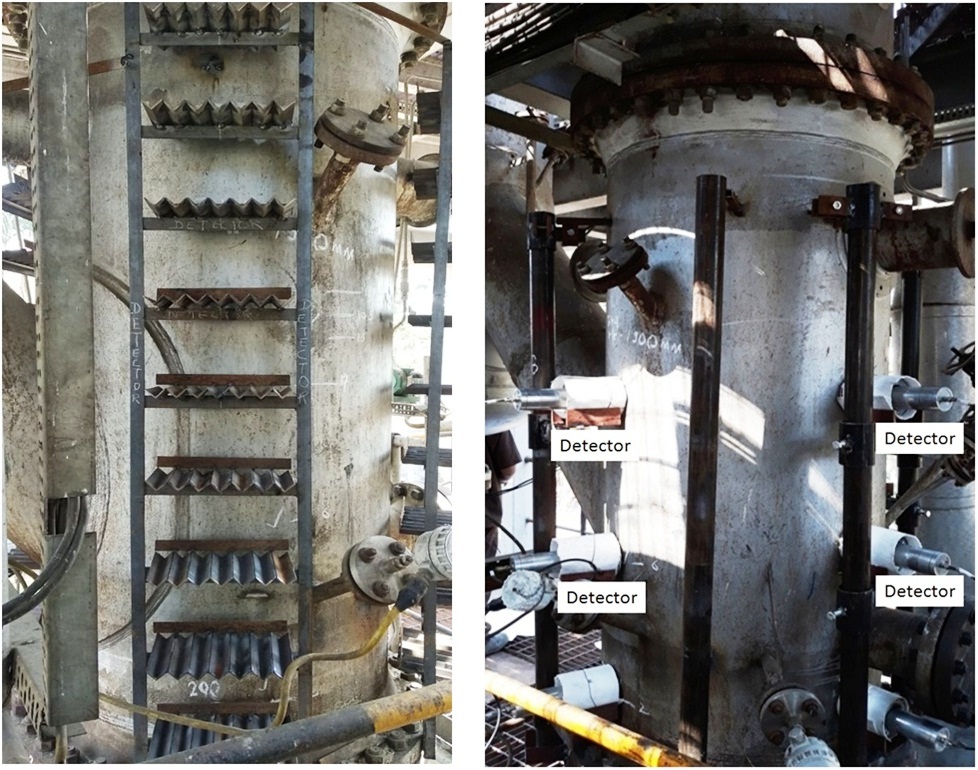
 2/2021
2/2021Measurement of phase holdups in industrial process systems using gamma ray densitometry technique to evaluate product homogenity.

 2/2021
2/2021Application of thin layer activation analysis technique for wear/corrosion rate monitoring in automobile and petroleum industry and identification of suitable inhibitor for various metals and alloys/ corrosive environment.

 2/2021
2/2021Measurement and modelling of residence time distributions of process materials in various industrial systems such as, glass production unit, paper and pulp digesters, ethyl acetate production reactors, effluent treatment plants, wetlands, soaker, cross-flow reactor, coal gasifiers, trickle bed reactors at HWD, BARC and delay tank of APSARA-U reactor using radiotracers

 2/2021
2/2021Measurement and modelling of residence time distributions of process materials in various industrial systems such as, glass production unit, paper and pulp digesters, ethyl acetate production reactors, effluent treatment plants, wetlands, soaker, cross-flow reactor, coal gasifiers, trickle bed reactors at HWD, BARC and delay tank of APSARA-U reactor using radiotracers
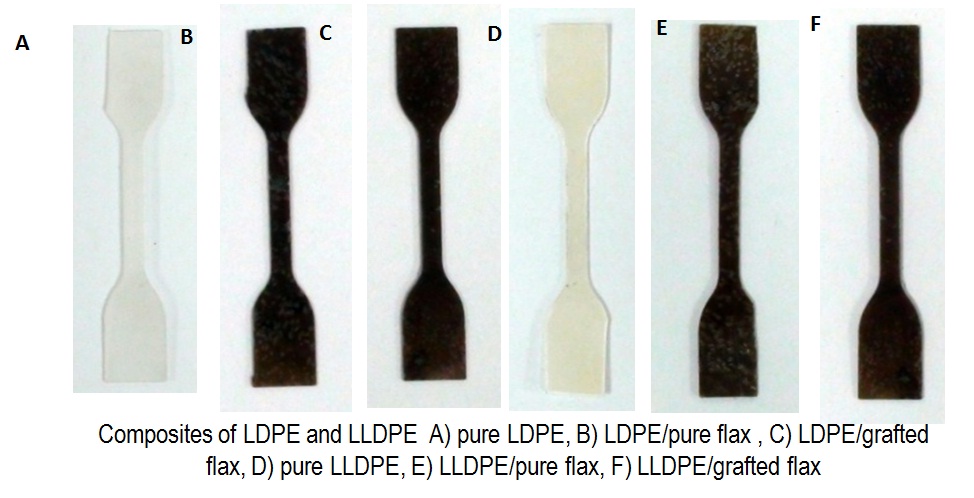
 1/2021
1/2021Development of sustainable oil/water separating multifunctional super absorbents, Development of organic-organic and organic-inorganic hybrid materials for high temperature and radiation resistant applications; and Development of biodegradable multi-component polymeric systems
\r\n
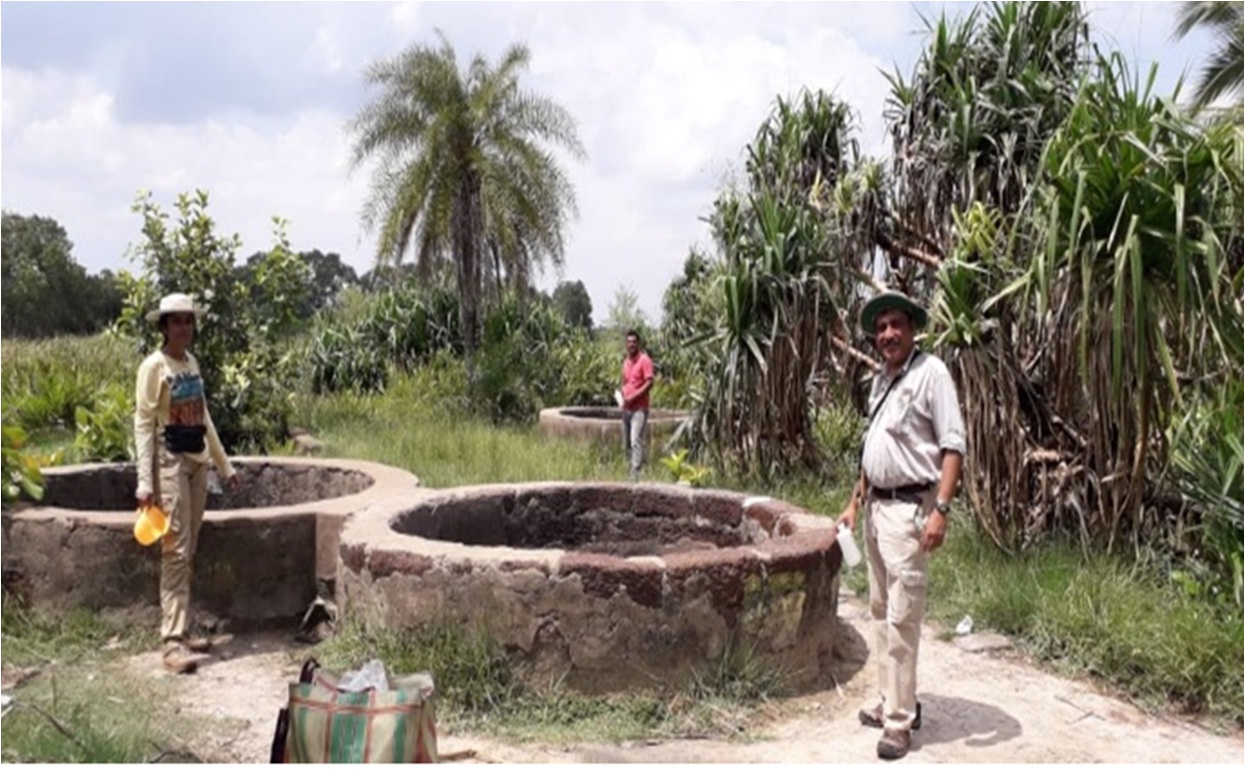
 1/2021
1/2021This project was conceived to identify the cause of fluoride contamination in groundwater in the hot spring localities of Khurda, Nayagarh and Ganjam districts of Odisha, recognized as fluorosis affected districts of the state. Tube and dug wells in the area yield both thermal (~60°C) and non-thermal (~28°C) water. Chemical analyses reveal that the thermal water is richer in Na+, K+, and Cl−, with lower bicarbonate content. δ2H vs δ18O plot of both the thermal and non-thermal waters showed that most of the samples fall on the Global Meteoric Water Line indicating their meteoric origin. However, tritium and 14C ages indicate that the non-thermal water is relatively modern while the thermal waters are very old (5,000 to 17,000 years). This suggests that both waters come from distinct reservoirs. Around 39% of the groundwater samples showed fluoride concentration > 1 mg/l, higher than the desirable limit specified by the WHO. A strong correlation between fluoride and other major ions could not be found, suggesting that multiple processes are responsible for the enriched fluoride concentration observed in the study area. The major geochemical processes include dissolution of fluoride-bearing minerals from the rocks, evapotranspiration, agricultural input and mixing of cold groundwater with hot spring water containing high fluoride. Heat production studies reveal that some host rocks have exceptionally high heat producing element concentrations, primarily as thorium within the minerals monazite and thorite. The high heat producing element distribution in the crust resulting from Neoproterozoic geological events has, thus, elevated the present day equilibrium geotherm in the Eastern Ghats Belt, forming sources for shallow level, nonvolcanic hot springs within a tectonically inactive terrain. Ultimately, these shallow level heat sources represent the underlying cause for fluoride contamination in the area.
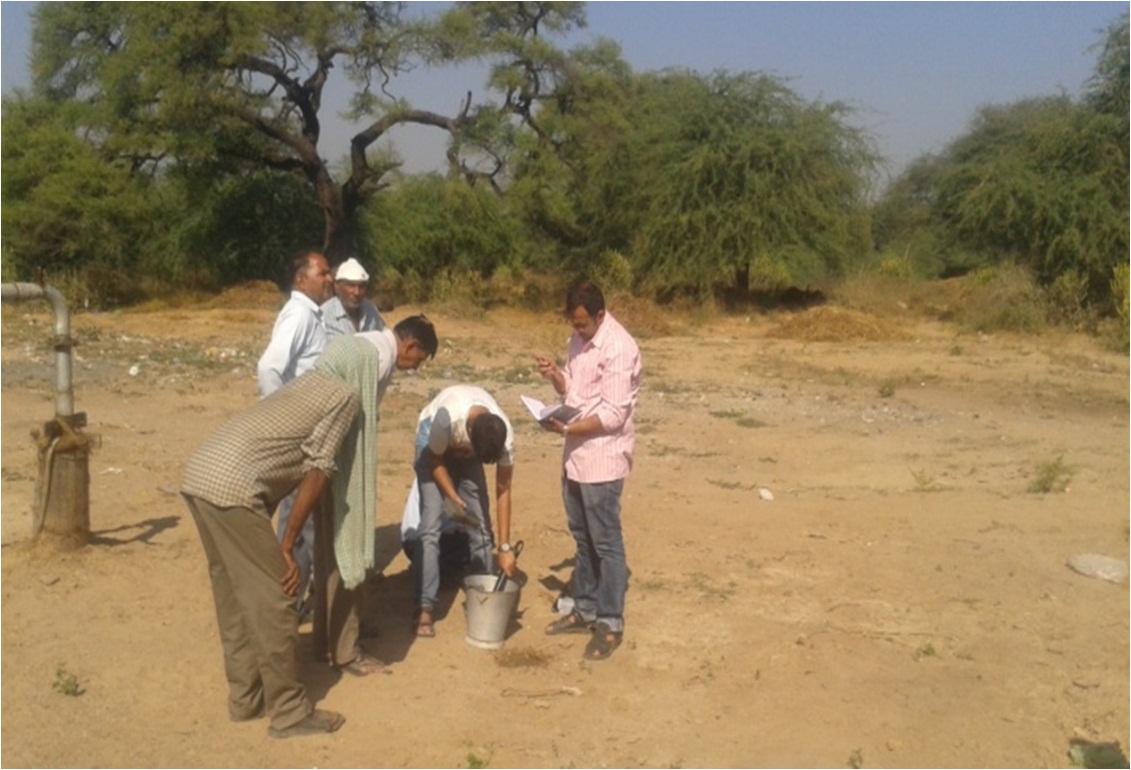
 5/2020
5/2020Identification of recharge sources and investigation of dynamics of the groundwater system of a region are very important for better groundwater management of a region. Due to overexploitation issues, groundwater resources in Patan district of Gujarat suffer from salinity problems. In this present study environmental stable and radioactive isotopes along with water quality parameters were used for characterisation of the groundwater system in Patan district. The water chemistry data shows high saline nature of groundwater resoiurces (EC> 3000μS/cm) of this region along with high fluoride (>1.5 mg/L) and anthropogenic contaminants (high NO3-) in few cases. Stable isotope data (δ18O and δ2H) indicate different recharge sources for the shallow, middle and deep aquifers. Shallow aquifer is recharged by local rain water and evaporated surface water bodies. Middle aquifer is recharged by local rainwater but Tritium data suggests mixing with old water in some cases. The deep aquifer on the other hand has got major contribution from old recharge (>50 years). The Carbon-14 age dating indicates age of deep groundwater vary from 5,734 to 33,600 years (before present). Transit time of the groundwater samples (Tritium concentration>1TU) was calculated based on PFM and the values are found to vary from 1 to 20.8 years with average value of 12.9 years.
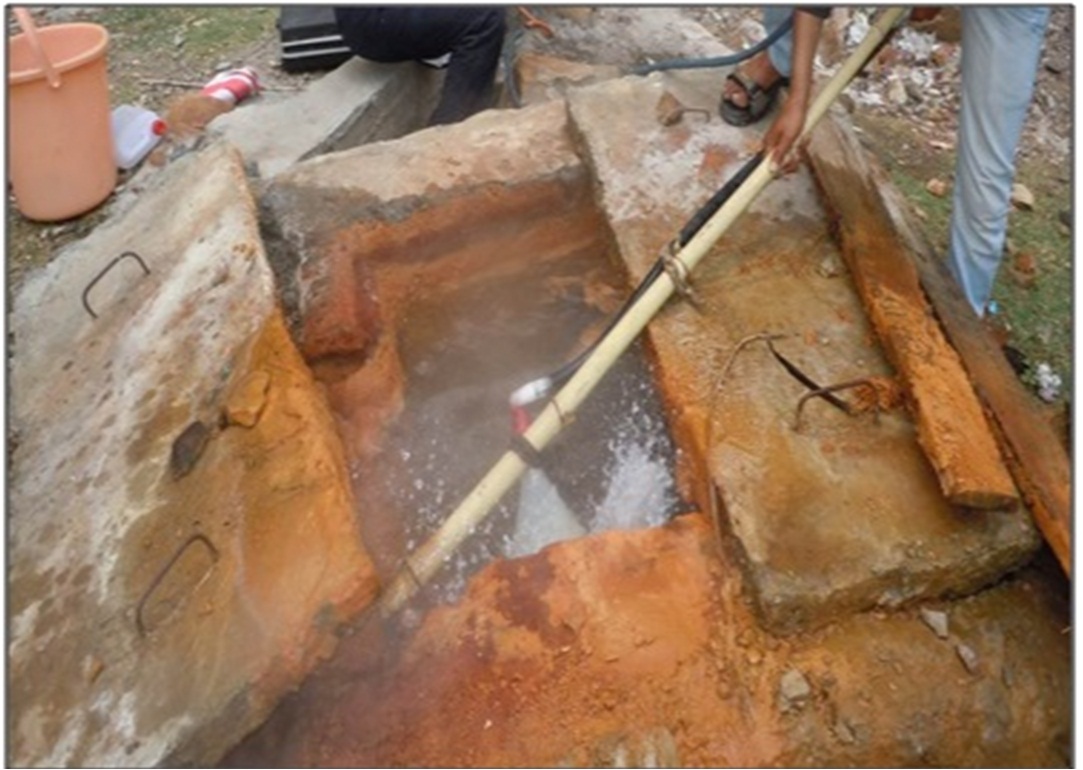
 5/2020
5/2020Identification of recharge sources and investigation of dynamics of the groundwater system of a region are very important for better groundwater management of a region. Due to overexploitation issues, groundwater resources in Patan district of Gujarat suffer from salinity problems. In this present study environmental stable and radioactive isotopes along with water quality parameters were used for characterisation of the groundwater system in Patan district. The water chemistry data shows high saline nature of groundwater resoiurces (EC> 3000μS/cm) of this region along with high fluoride (>1.5 mg/L) and anthropogenic contaminants (high NO3-) in few cases. Stable isotope data (δ18O and δ2H) indicate different recharge sources for the shallow, middle and deep aquifers. Shallow aquifer is recharged by local rain water and evaporated surface water bodies. Middle aquifer is recharged by local rainwater but Tritium data suggests mixing with old water in some cases. The deep aquifer on the other hand has got major contribution from old recharge (>50 years). The Carbon-14 age dating indicates age of deep groundwater vary from 5,734 to 33,600 years (before present). Transit time of the groundwater samples (Tritium concentration>1TU) was calculated based on PFM and the values are found to vary from 1 to 20.8 years with average value of 12.9 years.
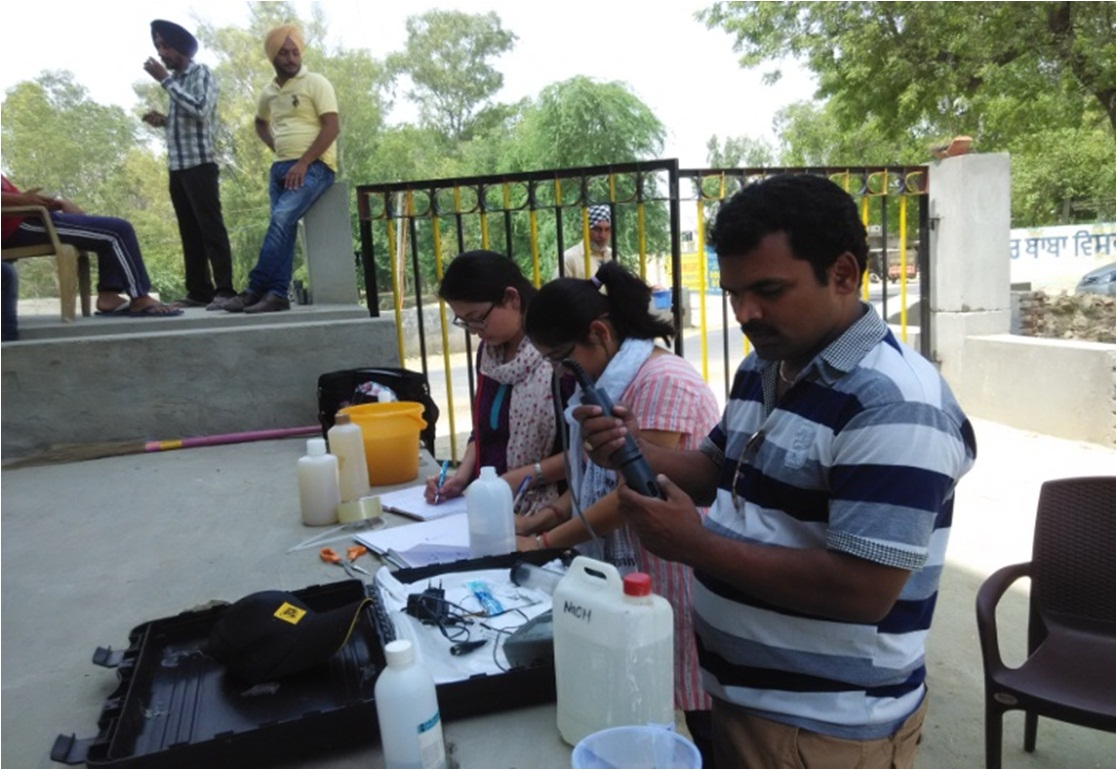
 7/2019
7/2019A thorough investigation was carried out using isotope tools, to assess the uranium contamination in groundwater of southwest Punjab. The uranium concentration is scattered over wide range in all the four studied districts of SW Punjab ranging from 12.2 and 621µg/L. Maximum concentration of uranium was reported from Mansa district with 621 µg/L. It was found that uranium was more concentrated in the east, north, western and few patches in southern zones and lesser values were found in the central part of the study area. Similar trends were observed in case of pH, bicarbonate and alkalinity. From the depth profile it can be seen that higher uranium was found in the shallow zone upto 50 m bgl as compared to the deeper zones. Environmental isotopes provided crucial information on the role of irrigation return flow towards contribution of high alkalinity which stabilizes the uranium species in groundwater by forming soluble carbonate complexes. Based on the isotopic, hydrogeological and uranium measurements, a schematic map depicting the various factors affecting the uranium distribution in alluvial aquifers of the study area has been prepared. This study would be helpful in unravelling the processes governing the uranium distribution not only in Punjab but also other regions with similar lithological and hydrogeological features.
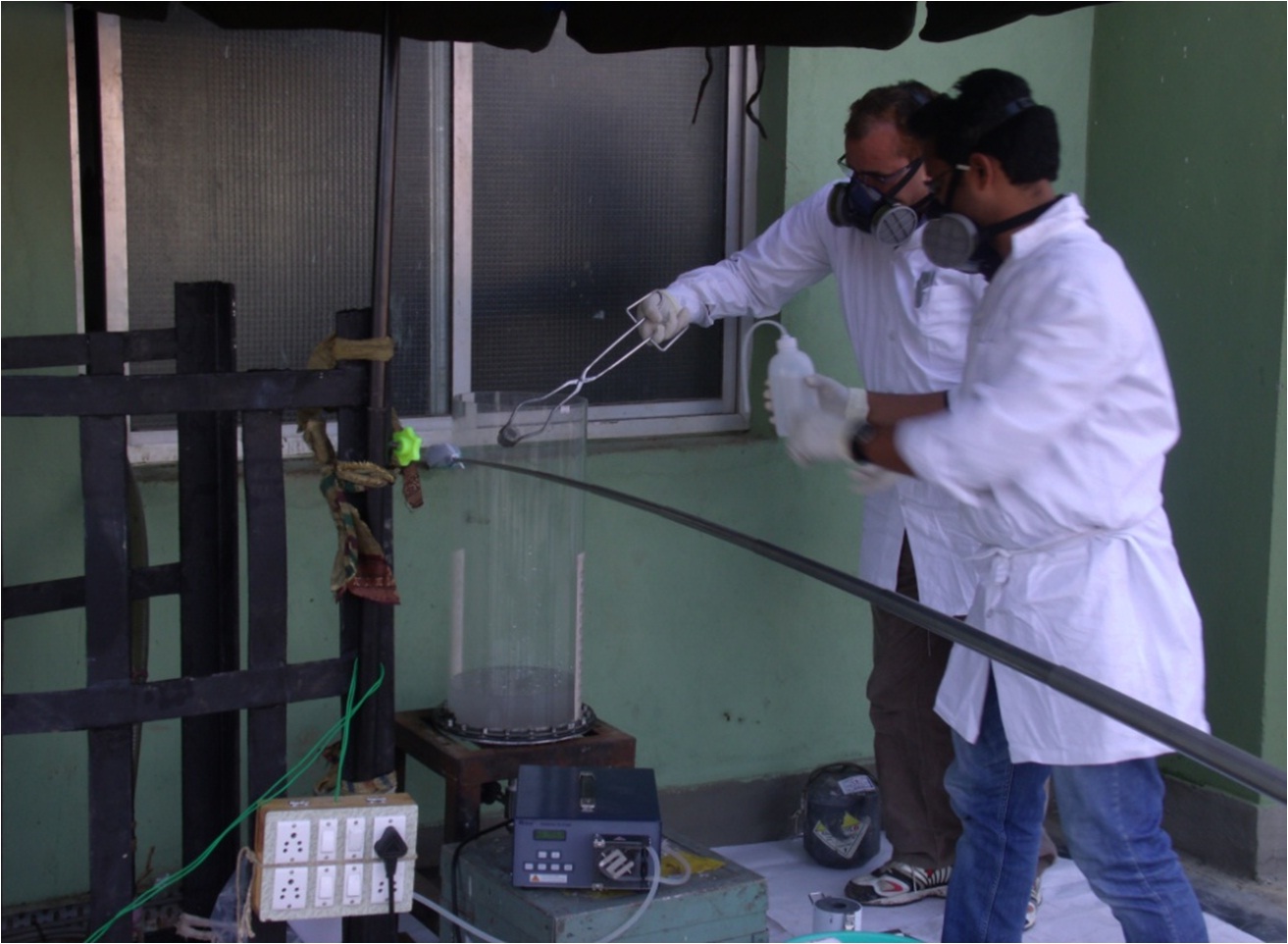
 7/2019
7/2019Flow rate measurements in closed conduits, large diameter pipelines, irrigation canals and open streams using radiotracer techniques
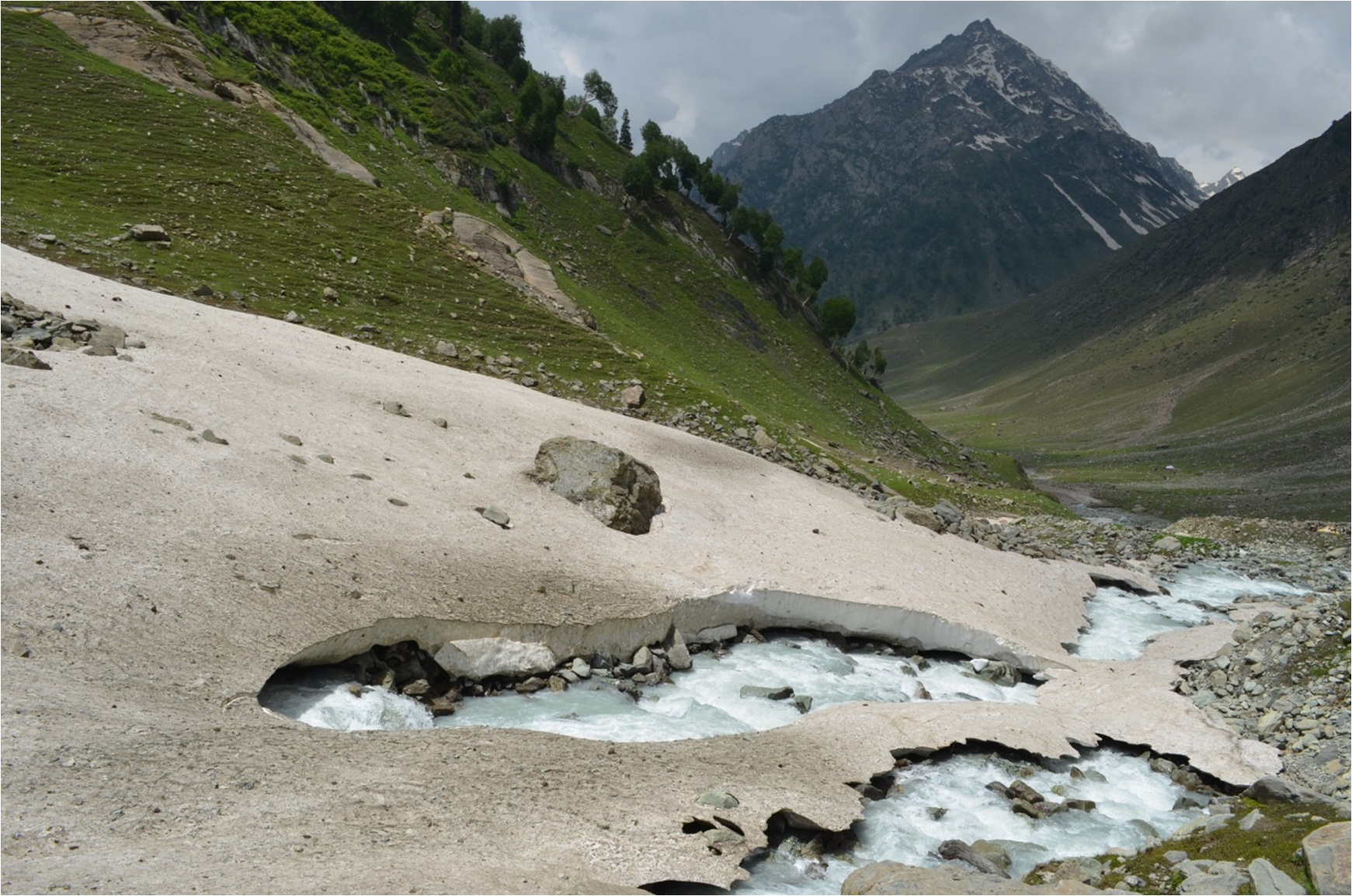
 12/2018
12/2018The water resources in Himalayan regions dominantly originate from the snow and glacier resources of upper reaches and are now impacted by climate change. Environmental isotopes can be employed to quantify the various components in the stream flow (snow, melt, glacier melt, groundwater and direct runoff). Two studies, one each in Bhagirathi River Basin (Uttarakhand) and Liddar River Basin (Jammu and Kashmir), were carried out to quantify the various sources contributing to the river flow. Results indicate that snow melting is a major component controlling the hydrology of mountainous rivers
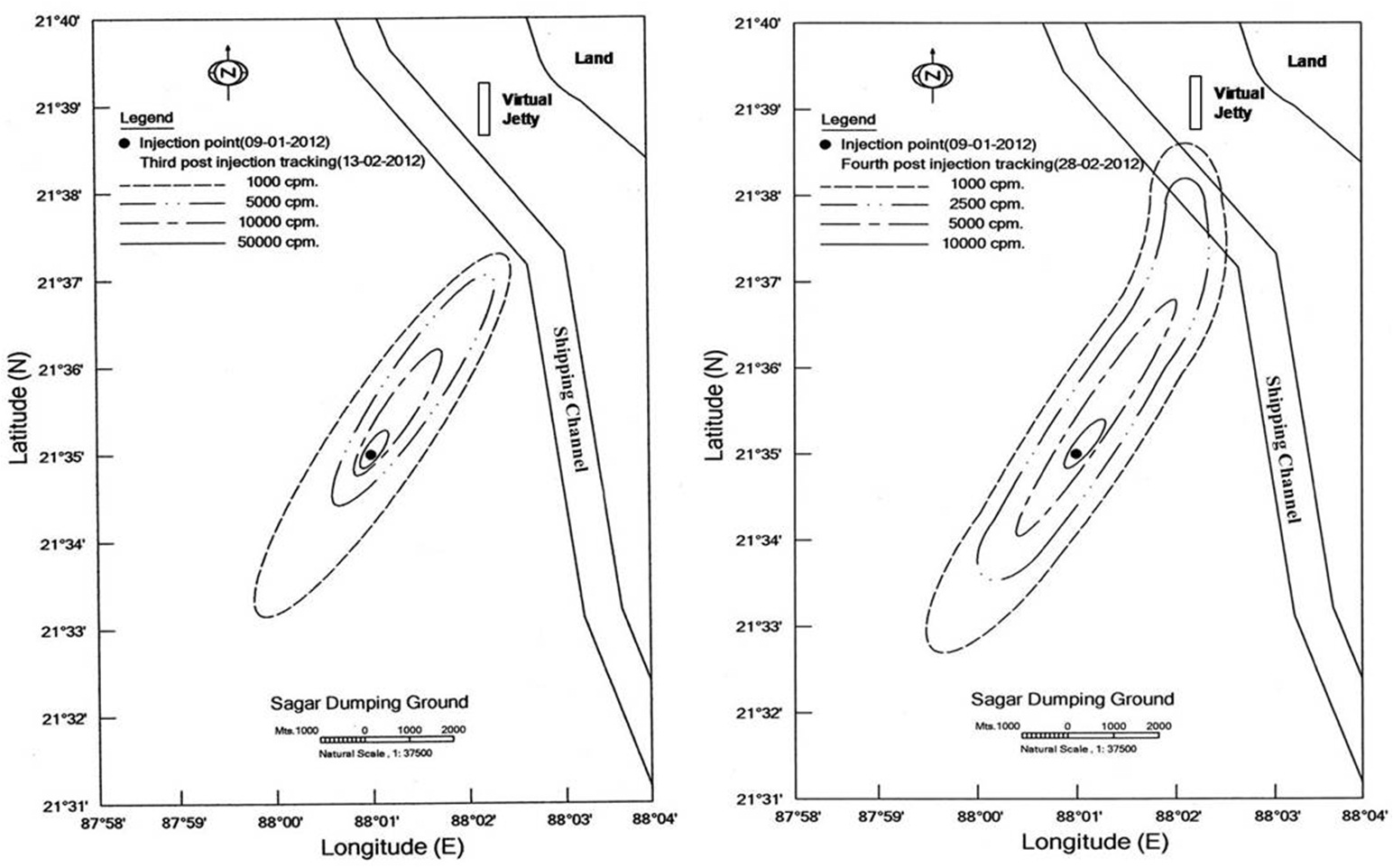
 12/2018
12/2018Radiotracer techniques were used for sediment transport investigations to find out dispersion of sediments on the seabed and examine the suitability of dumping sites. About 30 such investigations have been carried out in major ports in India, such as, Kolkatta Port, Mangalore Port, Vishakhapatnam Port, Kochin Port, Kandla Port.

 12/2018
12/2018Leak detection investigations are carried out in heat exchanger systems in Mathura, Vadodara and Paradip refineries of M/s IOCL using radiotracer technique. The investigations led to significant savings in revenues due to reduction in down time
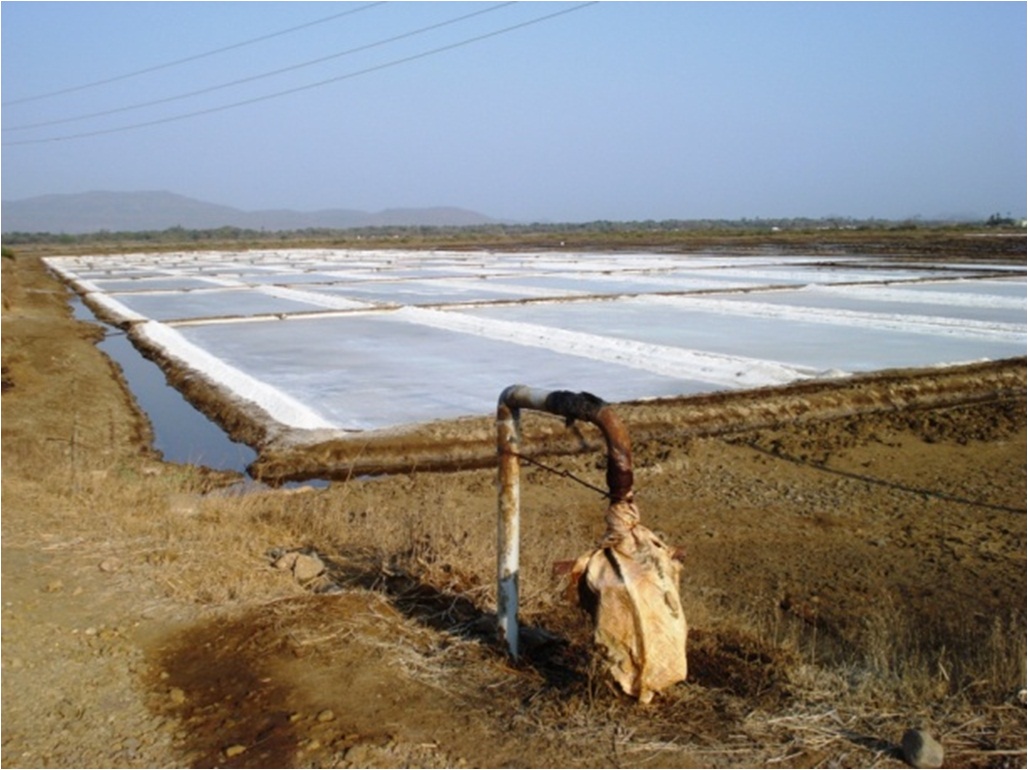
 10/2018
10/2018A study was carried out to identify the source of salinity and understand the flow dynamics of the groundwater system in and around Kelwa and Mahim villages of Palghar taluka, Thane district, Maharashtra. About one thousand boreholes operate in this region for domestic and irrigation purposes. Possible sources of salinity observed in freshwater aquifers in some locations are salt pans, creek water and sea water. These investigations conclude that, i) groundwaters are mostly fresh (EC < 5000 µS/cm) in quality, however, about 10% of the samples are saline (EC; 5000 - 25, 000 µS/cm). Hypersaline groundwaters (80, 000 µS/cm) were also noticed at locations close to salt pans, ii) vertical distribution of groundwater salinity indicates that freshwater – seawater interface is about 15-20 m bgl near Lalbhat and Vadrai sites, , iii) enrichment in stable isotope signatures was found in groundwaters close to creek and salt pan areas, which is further confirmed by salinity values, v) groundwaters are modern in nature, vi) shallow groundwaters with velocities in the range of 0.5-20 cm/day are relatively dynamic as compared to deeper groundwaters which are under stagnant condition.
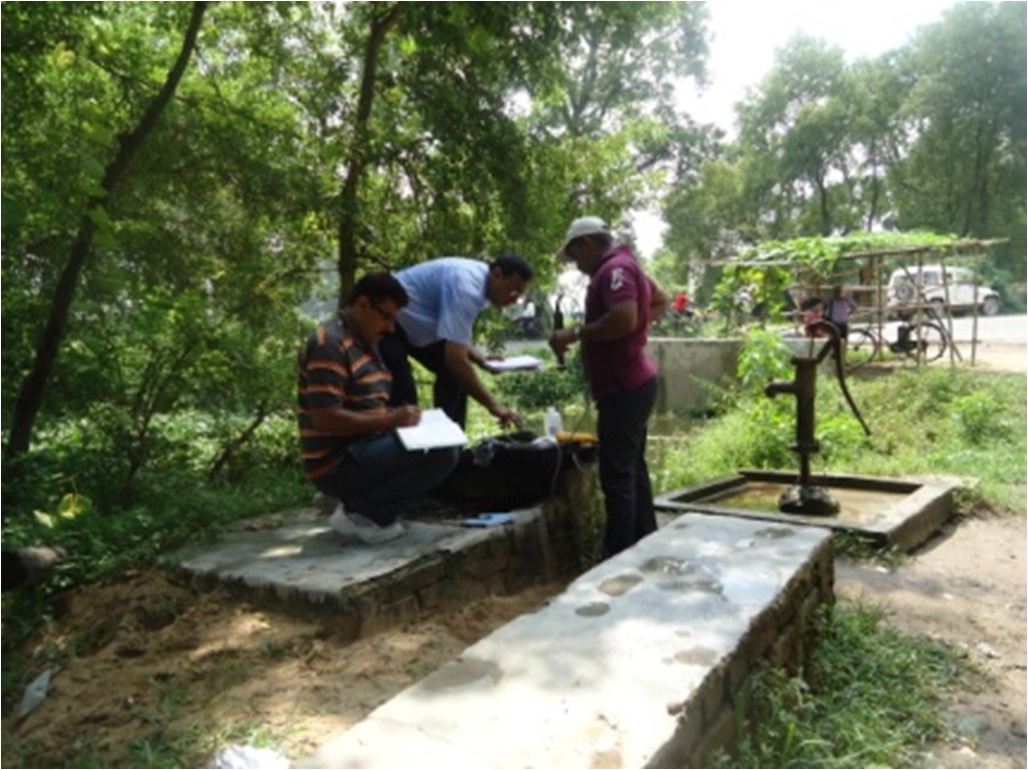
 7/2018
7/2018In this study environmental isotopes and hydrochemical tools were applied to evaluate the groundwater recharge sources, pathways, dynamics and hydraulic connectivity among different aquifers in southern parts of Middle Ganga Plains. The groundwater hydrochemistry evolves from Ca-HCO3 to Na-Ca-HCO3in shallow semi-confined Aquifer-I along the flow direction. The recharge to Aquifer-I is modern and mainly from rainwater percolation through paleochannels and river inflows. Groundwater in the middle confined Aquifer-II is fresher (~500 µS/cm), shows mixed water facies (Mg/Ca-Na-HCO3) and longer residence time (> 50 years). Pleistocene sediment outcrops and deep seated paleochannels in southwestern part are the potential recharge zones for Aquifer-II. The deep confined Aquifer-III with groundwater age of 3.5 – 4.7 ka BP was identified below 250 m bgl. This aquifer is possibly recharged during arid climate from rock exposures located (over 100 km) in the southern fringes of the study area. Vertical profiles of the isotope and hydrochemical data suggest that the inter-aquifer connections are limited. A conceptual model illustrating the groundwater flow in different aquifers is constructed, which would provide important inputs for sustainable development of deep aquifers in Indo-Gangetic Plains.

 7/2018
7/2018In this study environmental isotopes and hydrochemical tools were applied to evaluate the groundwater recharge sources, pathways, dynamics and hydraulic connectivity among different aquifers in southern parts of Middle Ganga Plains. The groundwater hydrochemistry evolves from Ca-HCO3 to Na-Ca-HCO3in shallow semi-confined Aquifer-I along the flow direction. The recharge to Aquifer-I is modern and mainly from rainwater percolation through paleochannels and river inflows. Groundwater in the middle confined Aquifer-II is fresher (~500 µS/cm), shows mixed water facies (Mg/Ca-Na-HCO3) and longer residence time (> 50 years). Pleistocene sediment outcrops and deep seated paleochannels in southwestern part are the potential recharge zones for Aquifer-II. The deep confined Aquifer-III with groundwater age of 3.5 – 4.7 ka BP was identified below 250 m bgl. This aquifer is possibly recharged during arid climate from rock exposures located (over 100 km) in the southern fringes of the study area. Vertical profiles of the isotope and hydrochemical data suggest that the inter-aquifer connections are limited. A conceptual model illustrating the groundwater flow in different aquifers is constructed, which would provide important inputs for sustainable development of deep aquifers in Indo-Gangetic Plains.

 7/2018
7/2018In this study environmental isotopes and hydrochemical tools were applied to evaluate the groundwater recharge sources, pathways, dynamics and hydraulic connectivity among different aquifers in southern parts of Middle Ganga Plains. The groundwater hydrochemistry evolves from Ca-HCO3 to Na-Ca-HCO3in shallow semi-confined Aquifer-I along the flow direction. The recharge to Aquifer-I is modern and mainly from rainwater percolation through paleochannels and river inflows. Groundwater in the middle confined Aquifer-II is fresher (~500 µS/cm), shows mixed water facies (Mg/Ca-Na-HCO3) and longer residence time (> 50 years). Pleistocene sediment outcrops and deep seated paleochannels in southwestern part are the potential recharge zones for Aquifer-II. The deep confined Aquifer-III with groundwater age of 3.5 – 4.7 ka BP was identified below 250 m bgl. This aquifer is possibly recharged during arid climate from rock exposures located (over 100 km) in the southern fringes of the study area. Vertical profiles of the isotope and hydrochemical data suggest that the inter-aquifer connections are limited. A conceptual model illustrating the groundwater flow in different aquifers is constructed, which would provide important inputs for sustainable development of deep aquifers in Indo-Gangetic Plains.

Multifunctional Superabsorbent for separating harmful oily substances from water medium, Cleaning of industrial or municipal waste water and Separating mixed solvents
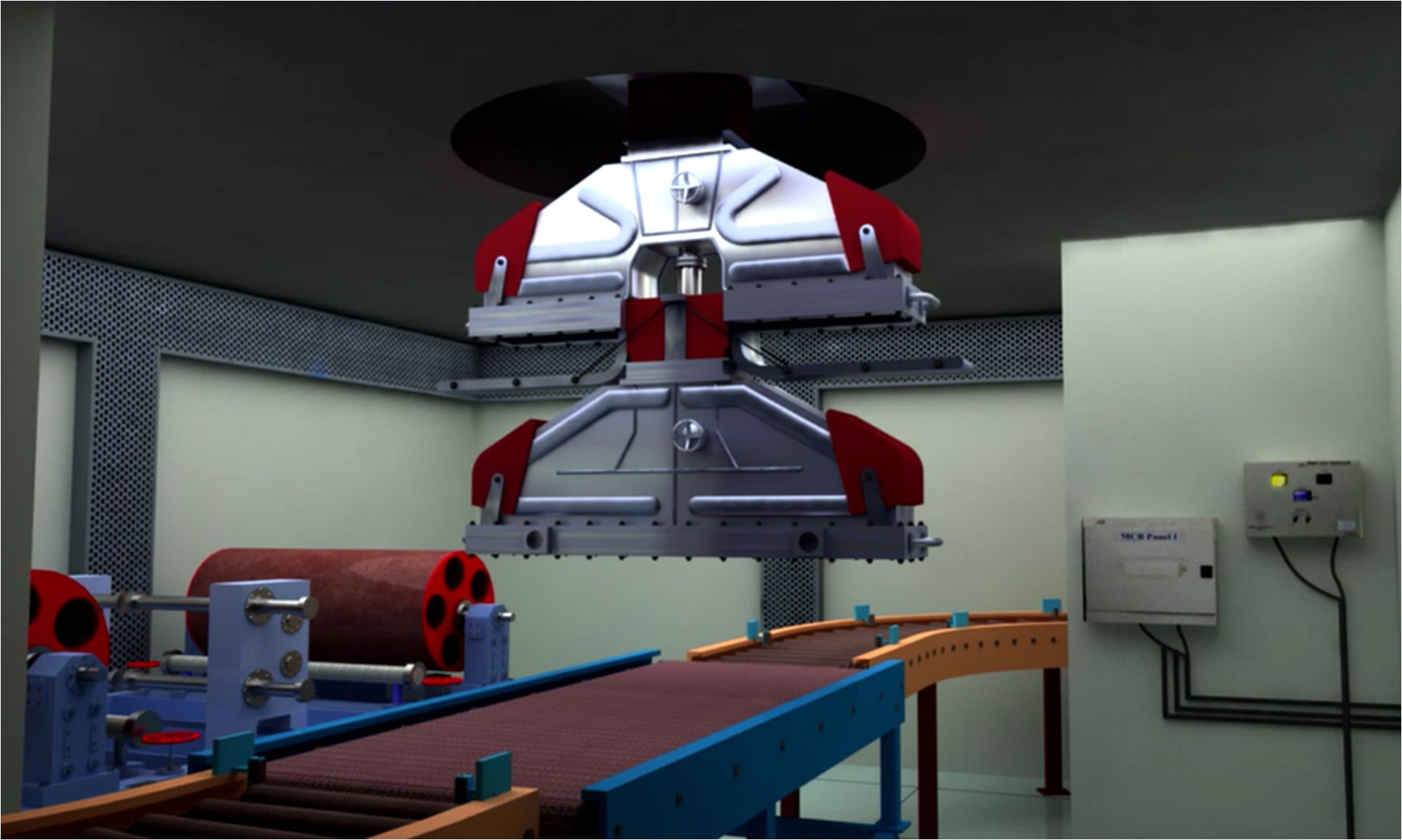
Industrial Electron Beam (EB) accelerator (5MeV/15kW) facility located at BRIT complex, Vashi, Navi Mumbai

Investigation on the role of snow and ice in controlling the regional hydrology of Liddar watershed, Western Himalaya using environmental isotope.
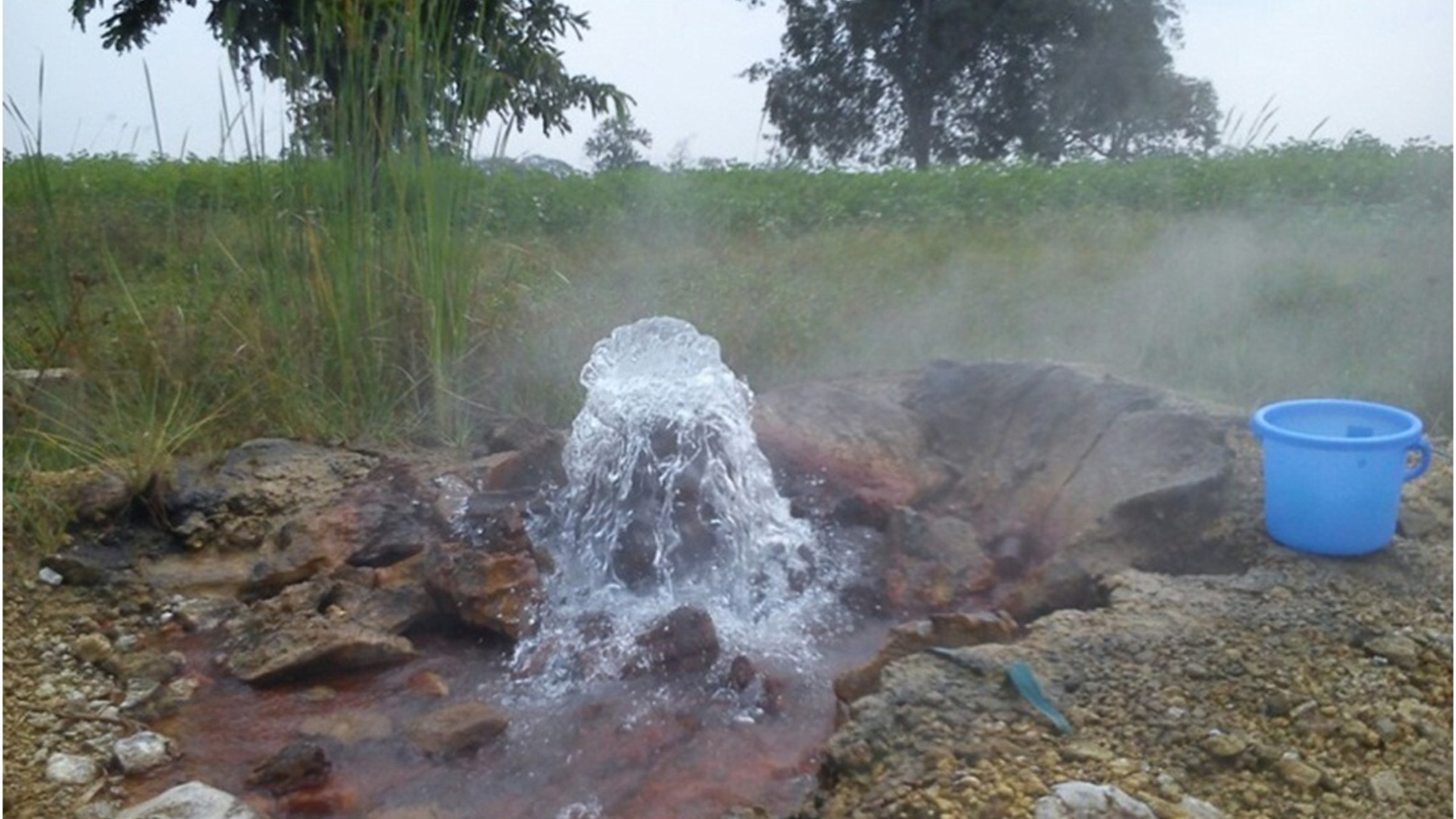
Identification of the source and origin of geothermal springs and estimation of subsurface temperatures
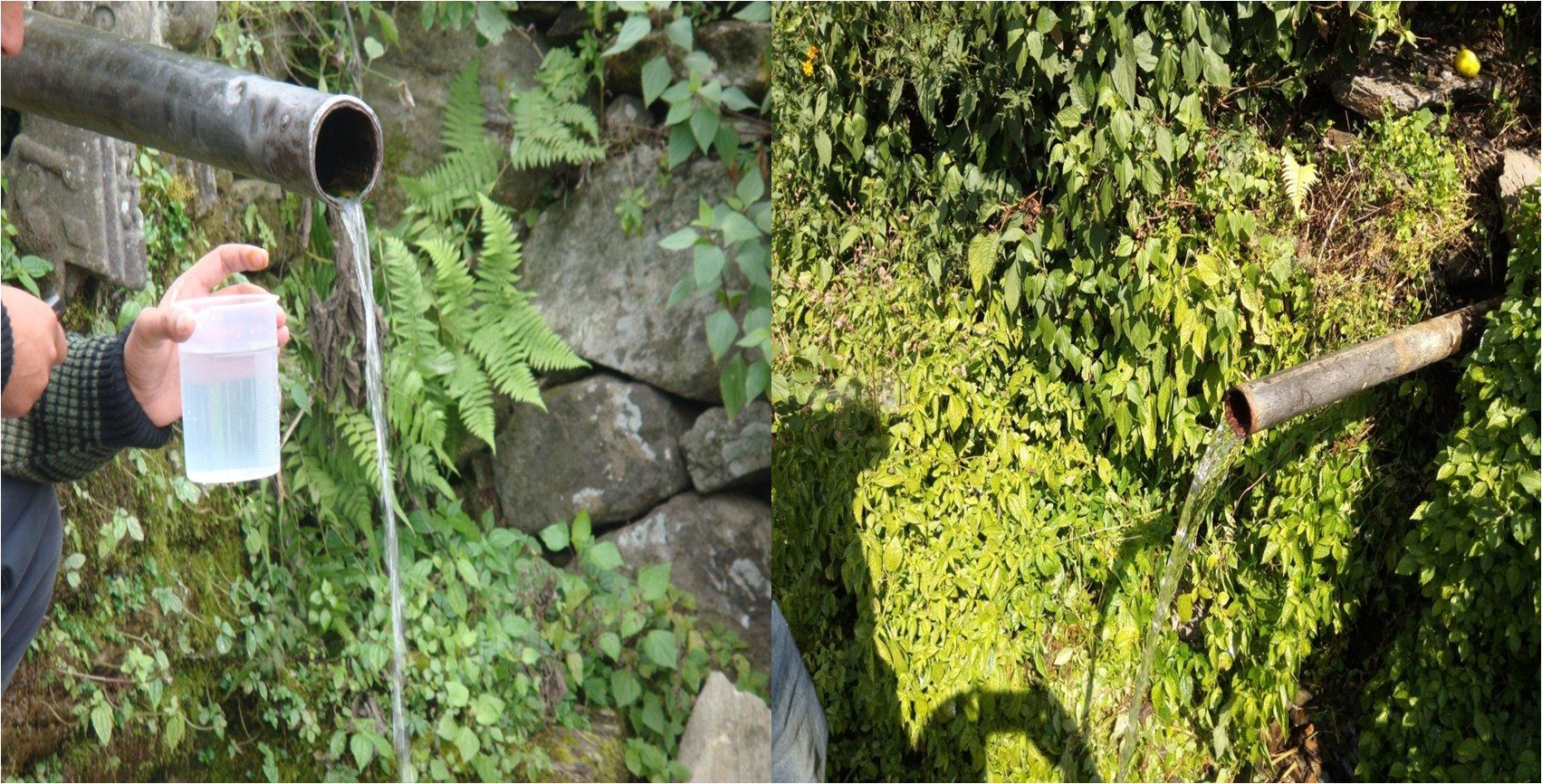
Recharge zone of 88 mountainous springs in the state of Uttrakhand and Himachal Pradesh were identified using isotope techniques
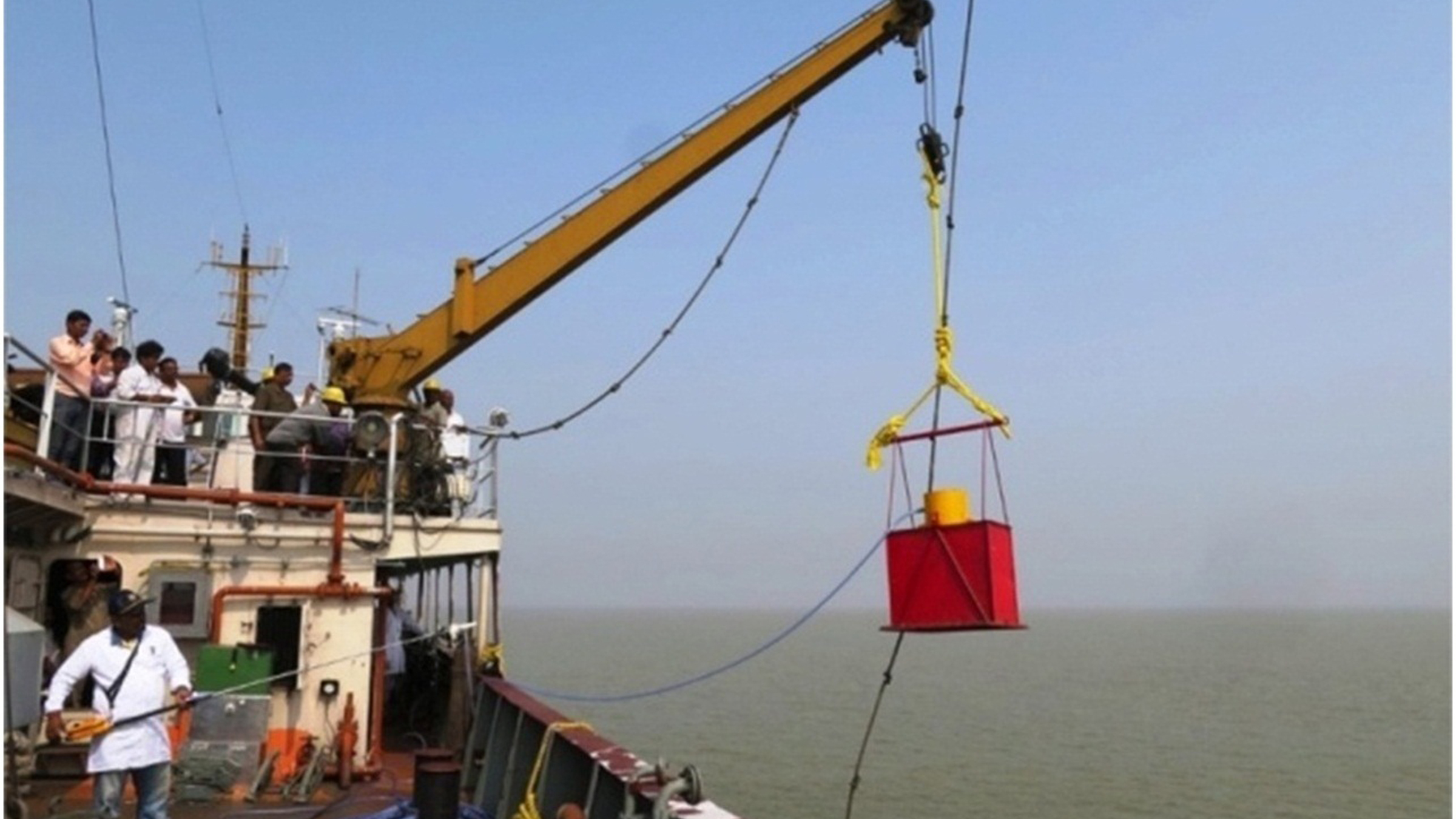
Radiotracer techniques were used for sediment transport investigations to find out dispersion of sediments on the seabed and examine the suitability of dumping sites
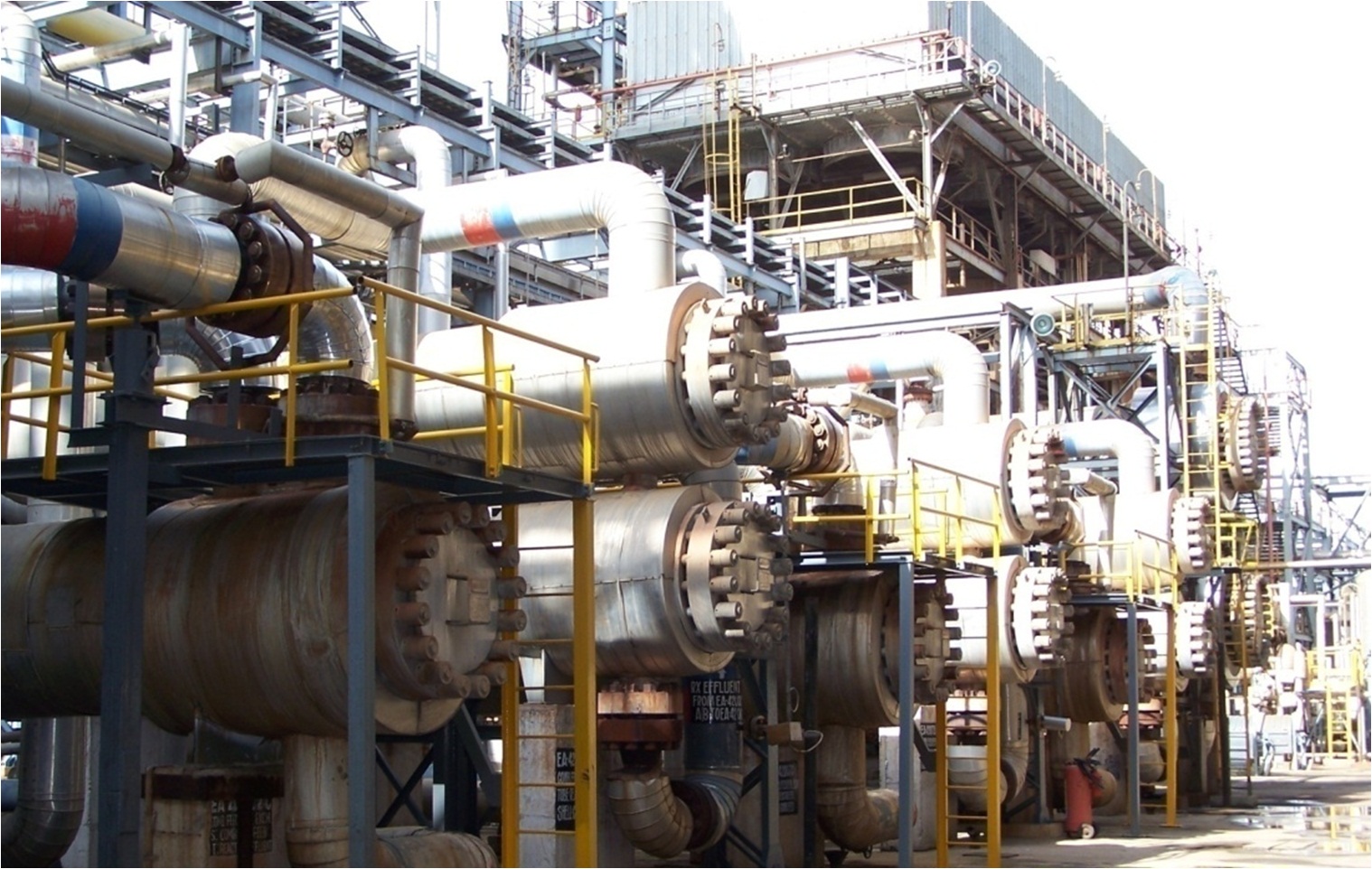
Leak detection investigations are carried out in heat exchanger systems in Mathura, Vadodara and Paradip refineries of M/s IOCL using radiotracer technique. The investigations led to significant savings in revenues due to reduction in down time
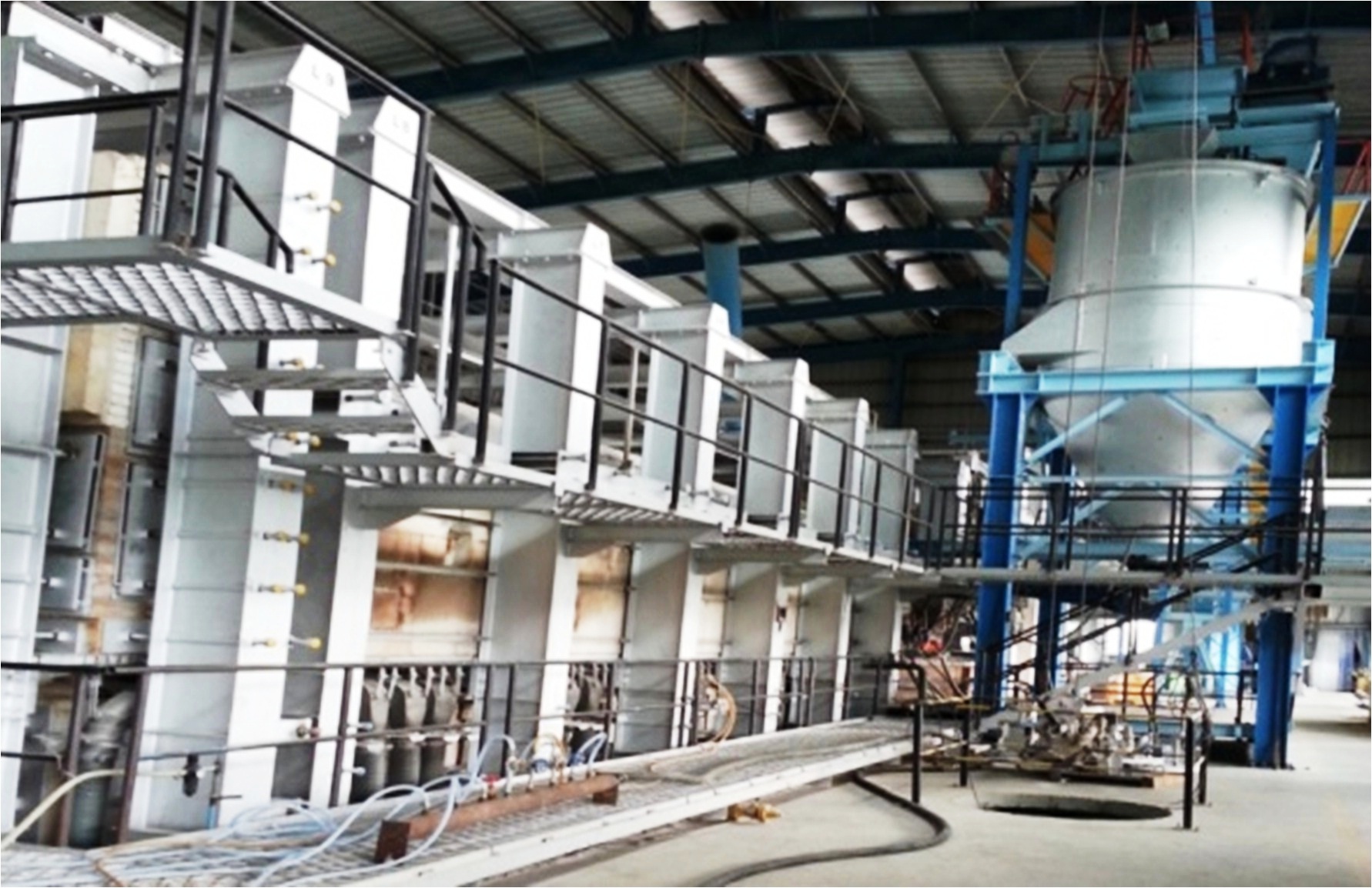
Radiotracer investigation in Glass Production Units to validate the design and to find out the cause of poor quality of glass sheets by measuring the residence time distribution of molten glass